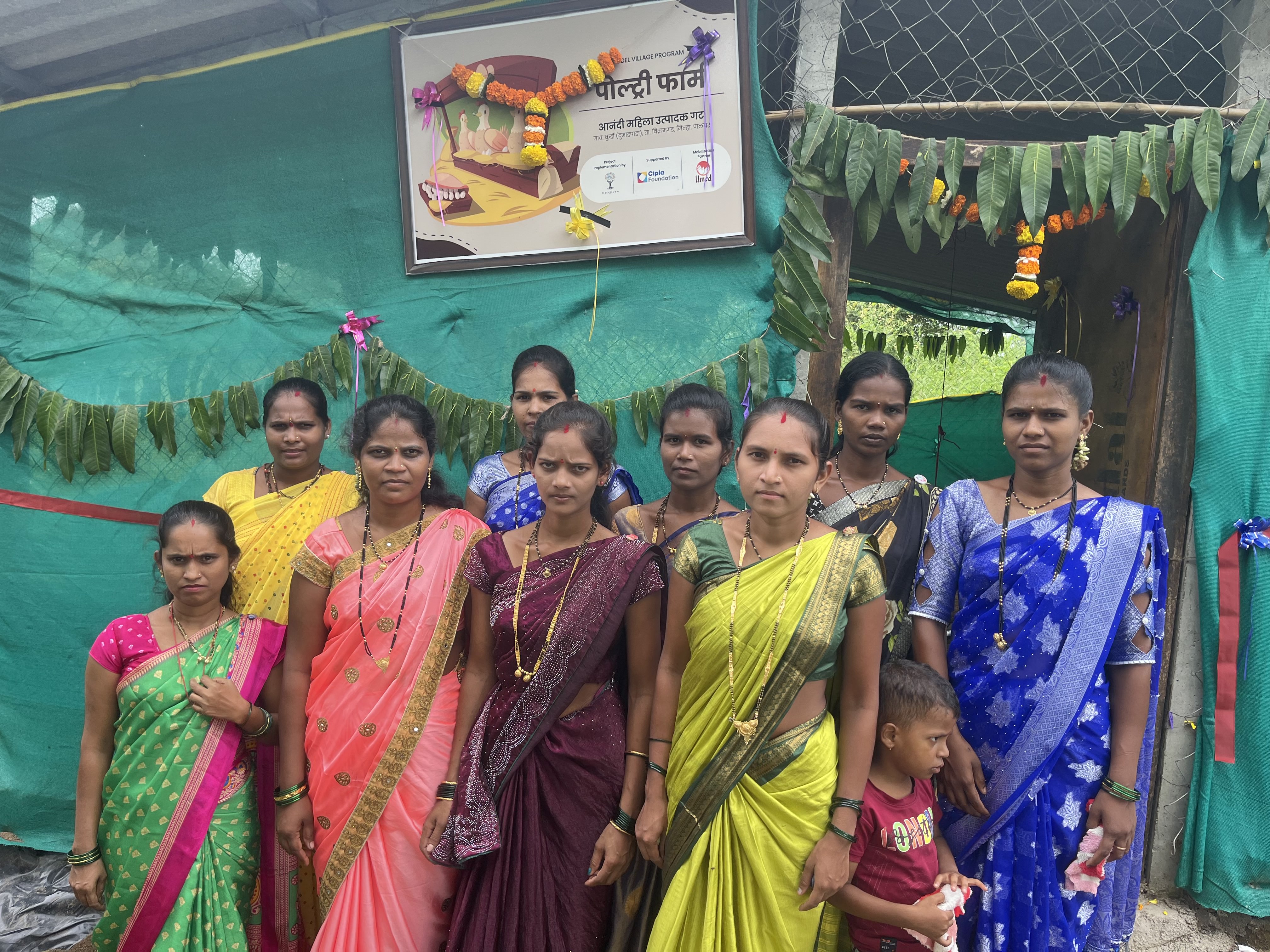In search of the Elusive “Impact” in the Livelihood Sector
Sep 2, 2025 • 5 min read


Proteek Kundu
All these years in the corporate world, we have been taught to work with SMART goals – Simple, Measurable, Attainable, Relevant & Time bound. Our appraisal systems are designed to reward employees delivering tangible results…. In other words, cost-benefit equations are ingrained in our professional lives.
So, when you ask a crossover candidate (from corporate to social sector) about results of work being done by him/her in the social sector, in all probability, he/she will be groping in the dark…. Because assigning a number to the cultural value, social value or environmental value created by a social project is as elusive as snow in a tropical forest. That is the reason we generally avoid bringing numbers into the cost-benefit equation of a social project.
Now, put yourself in the shoes of a potential funder who traditionally comes from the world where value creation is the name of the game…. where delivering value to the shareholders is a necessary mandate. How do you answer her/his questions on the value creation or impact of your project….in other words, how do you help this person justify her/his company’s investment in your project?
The impact of the work we are doing can be of two types – Qualitative, i.e., improvement in quality of life (higher education for children, nutrition, access to better sanitation & hygiene, better healthcare facilities, etc) which are good for storytelling and mostly reported as Success Stories, Case Studies, etc and Quantitative with output being measured in monetary terms which in turn gets reported as Social Return on Investment (SROI)
Basis discussion with various stakeholders in the value chain, indicated below are few of the parameters that can be used to measure the impact of a livelihood-based project
Keep reading

